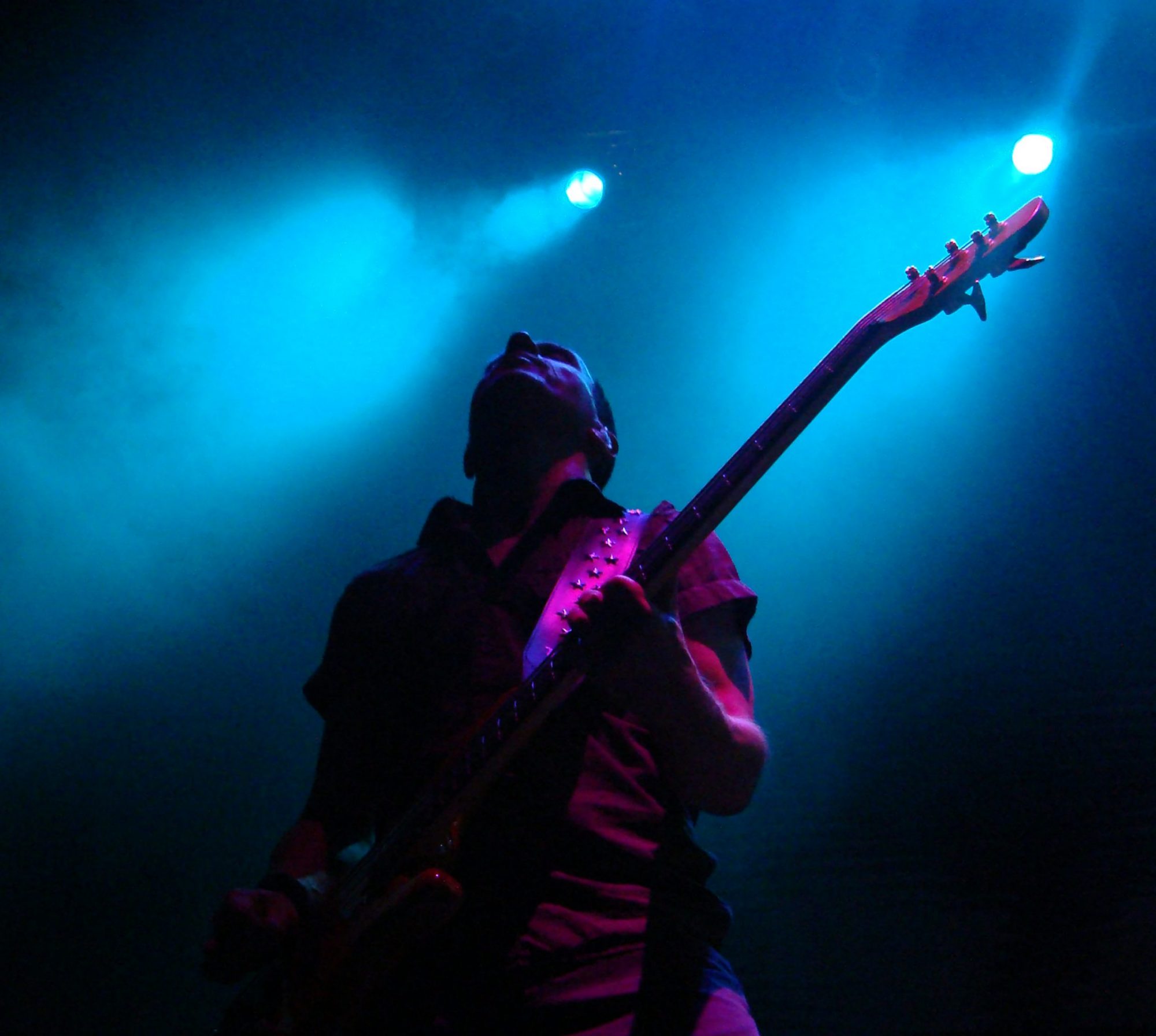By Simon Laffy
Much that has been written about the Great War concerns the slaughter of the trenches on the Western Front, the horrors of ‘No Man’s Land’ or the great set-piece battles such as Verdun, the Somme and Jutland. But how many know about the crucial impact of air reconnaissance on strategic planning, or realise that early blitzes were conducted against civilian centres by fledgling bomber fleets?
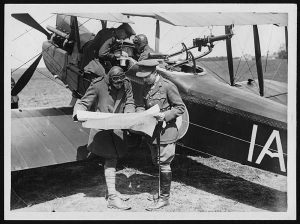
One of the key elements when conducting my research for Seed of Satan was a consideration of all aspects of the war fought in the airspace above the battlefields of World War 1. I was fascinated about how this technology, itself barely a few years old, had been so quickly taken up by both sides of the conflict.
‘The invention of powered flight was not quite 11 years old at the outbreak of hostilities. Wilbur and Orville Wright had first taken to the air at Kitty Hawk in North Carolina on 17th December 1903, but it was not until French engineers invented the rotary engine in 1909 that the age of aviation truly emerged. The British Army flew a mere 64 aircraft to the fields of Flanders, over an English Channel that had been first crossed by Louis Bleriot only five years earlier. They were flown by pilots who were often little more than thrill-seeking youngsters, some just 17 years old and barely out of school.’
Extract: Seed of Satan
The earliest contacts between flying machines at the outbreak of war apparently consisted of aviators waving to each other while blissfully going about their business, almost too polite to disturb the other and behaving more like gallant knights of yore.
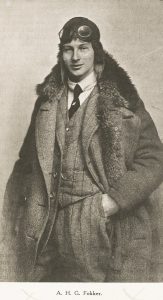
However, it wasn’t long before the combatants were advised that a more adversarial approach would be required. Soon, they were taking side arms into their cockpits and emptying them at their opponent’s aircraft. Pistols turned into shotguns and eventually machine guns, as the lethal threat of their exchanges steadily increased in intensity.
A pivotal moment in air combat arrived when Dutch aviation engineer, Anthony Fokker, mastered an interrupter mechanism that allowed bullets to be fired between the rotations of the propeller blades. From then on, the entire aeroplane had become a weapon in itself, which could simply be pointed at the enemy before engaging the machine guns.
Air duels increased in ferocity, as the respective air forces grew exponentially in size. Before long, entire squadrons of attacking and defending aircraft would take to the skies, most famously the “Flying Circus” of Baron Manfred von Richthofen, so called because of their use of tents in order to deploy to the most advanced positions possible. Von Richthofen himself earned the named “The Red Baron” due to his brightly liveried all-red Fokker Dr. 1. He was also considered to be an ‘ace of aces’ for his 80 confirmed combat kills.
Perhaps of greater strategic importance was the use of aerial photography to create up-to-date intelligence on the opposition’s fortifications, defences and deployments. Aircraft became the “eyes in the skies” for generals and military planners alike, offering priceless intelligence on offensive preparations and defensive dispositions of the enemy.
Both sides eventually produced highly detailed maps of the entire front by overlaying a mosaic of photographic prints, captured by hand-held box cameras slung over the side of the flying machine by an observer passenger while the pilot flew the aircraft straight and level.
Millions of photographic plates were painstakingly analysed by imaging specialists, contrasting and comparing the results in order to create the most reliable information possible. Every new pillbox or machine gun placement detected could mean thousands of lives saved in the next great offensive.
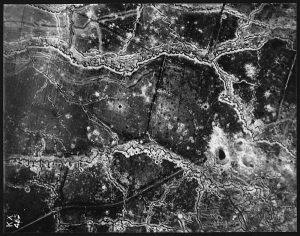
Photo credit: National Library of Scotland via VisualHunt.com / No known copyright restrictions
This in turn attracted the attentions of interceptor fighters and anti-aircraft batteries that would fire air-bursting shells nicknamed ‘Archie’ by the members of the Royal Flying Corp.
Early in the conflict, the Central Powers deployed their Zeppelin airships to rain destruction from the skies, firstly on coastal installations and then upon the civilian population of the Allies. In time, larger multi-engine aircraft were produced to drop increasing amounts of ordinance on targets of interest, such as armaments factories, marshalling yards and supply depots.
This approach culminated in the creation of the ‘England Squadron,’ a German air fleet equipped with the Gotha G.IV and later the Staaken R.VI ‘Giant’ bombers. This squadron was created to bring terror and destruction right to the very heart of London, the capital of the British Empire.
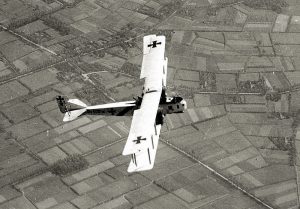
Photo credit: kitchener.lord via Visual hunt / CC BY-NC-ND
So loathed were the German bomber crews by the civilian population of London that they named them the “Baby Killers”, particularly after one bombing raid took the lives of 18 children, 16 of whom were aged between 4 to 6 years old, in a school in Poplar, in London’s East End
The British responded to this airborne threat by creating an ever-increasing array of defensive positions, starting with sound detection and visual observation of enemy formations approaching the coast. Huge lines of barrage balloons and anti-aircraft batteries, stretching all the way up into the Midlands, reinforced this. Finally, fighter aircraft, directed from the ground by a co-ordinated defence system called the London Air Defence Area (LADA), would attempt to intercept the enemy bombers before they started their bombing runs.
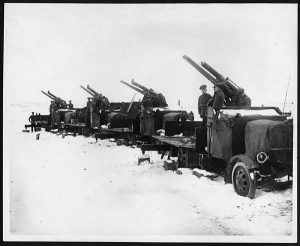
Photo credit: National Library of Scotland via Visualhunt / No known copyright restrictions
Over the course of the conflict and certainly by the end of hostilities, LADA had developed to such a high degree that it eventually went on to lay the foundations for the early warning systems deployed so successfully by the Royal Air Force against the attacking Luftwaffe formations during the Battle of Britain some 20+ years later.
